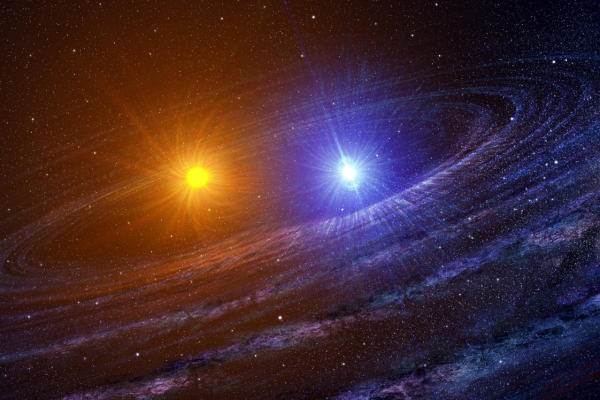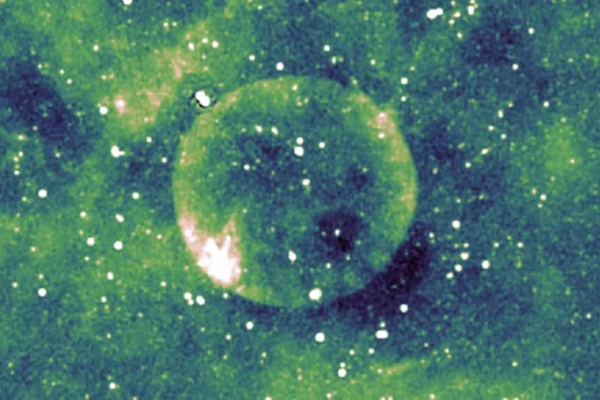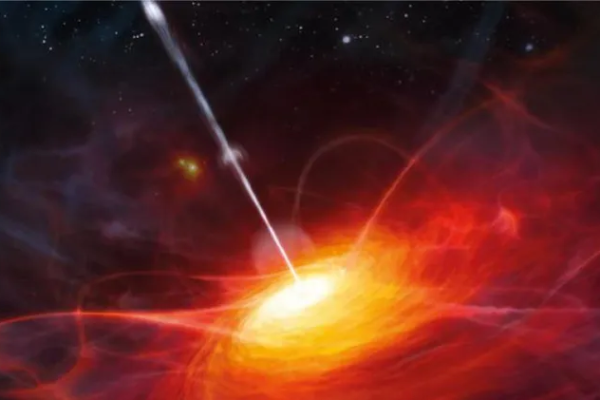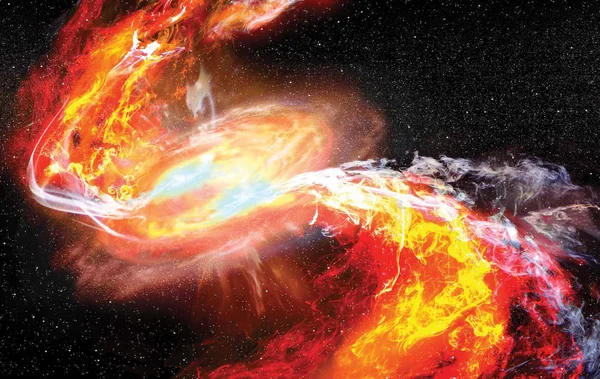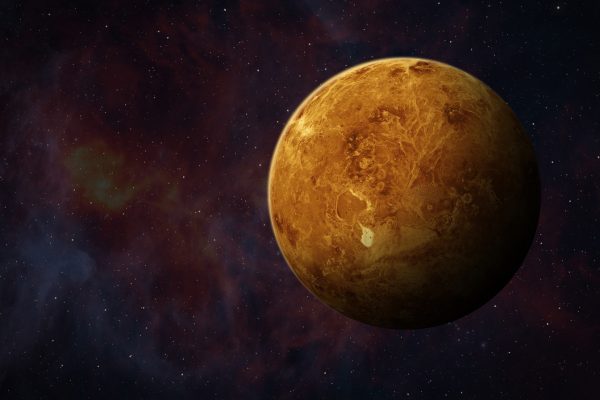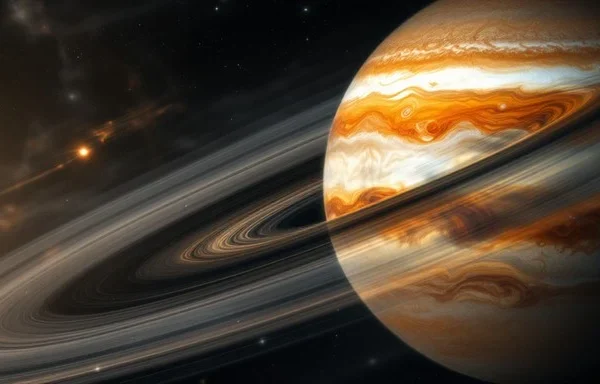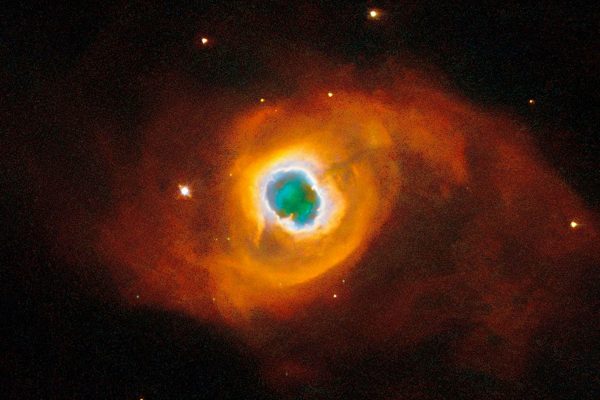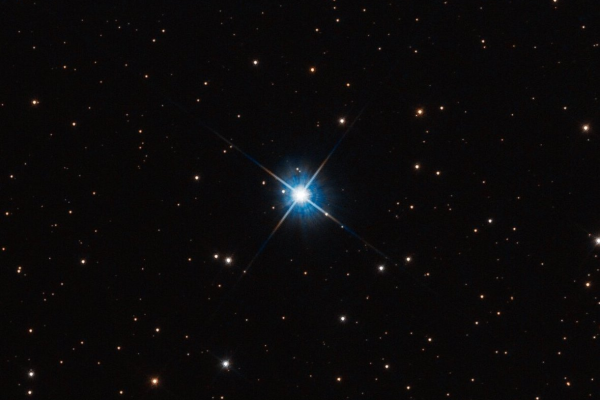
The Hidden Journey of White Dwarfs: The Quiet Afterlife of Stars
In the vast theater of the universe, the most dramatic moments in a star’s life often end not with an explosion, but with silence. After billions of years burning brightly, a star like our Sun exhausts its nuclear fuel and sheds its outer layers, leaving behind a dense, glowing core known as a white dwarf….

